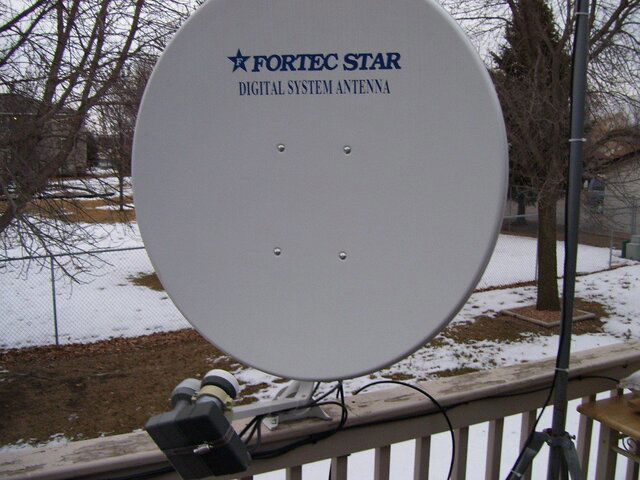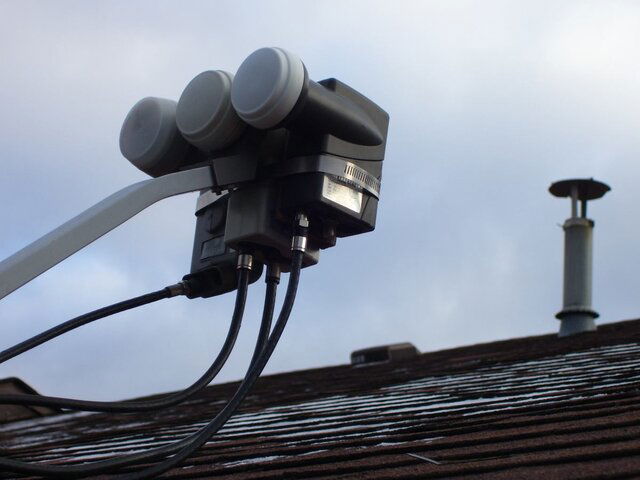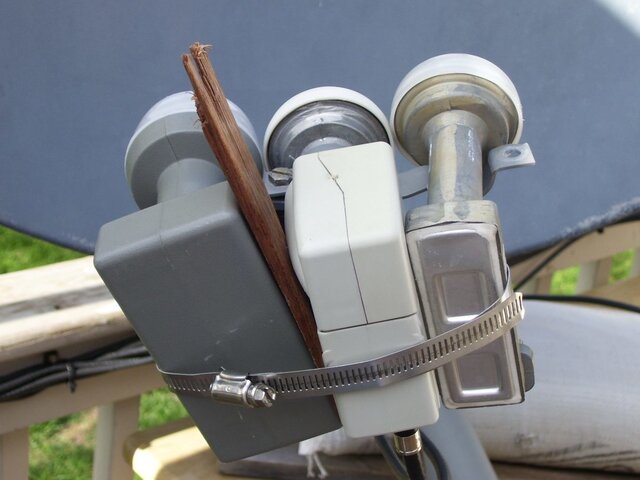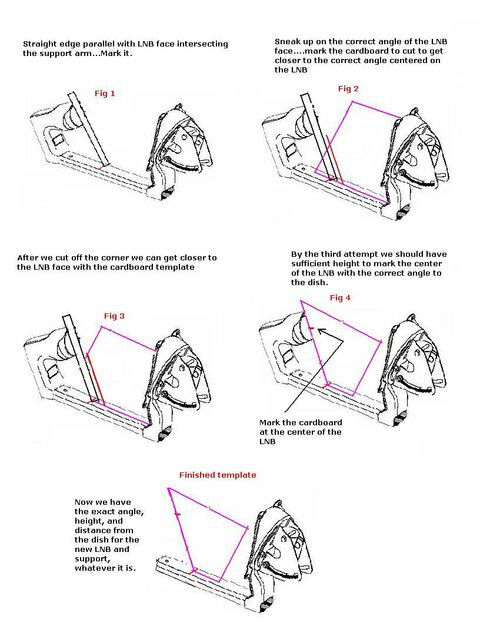OK i have a 2 viewsats, and one 33 inch dish pointed at AMC 4 (for RTPi).
I'm 97W galaxy would be one I want to aim at, thus the question about the motor.
I'm thinking of adding a motor to this dish. the lnb is KU linear with dual output.
i'm trying what channels I can scan in, for fun. NOw, becuase this stationary LNB is is hooked up to two boxes. what will happen if I use for one the boxes for one sat and the other box on another sat. is the motor going to get confused? is this even possible?
if so, which motor and how do i set up?
thanks
Miguel
I'm 97W galaxy would be one I want to aim at, thus the question about the motor.
I'm thinking of adding a motor to this dish. the lnb is KU linear with dual output.
i'm trying what channels I can scan in, for fun. NOw, becuase this stationary LNB is is hooked up to two boxes. what will happen if I use for one the boxes for one sat and the other box on another sat. is the motor going to get confused? is this even possible?
if so, which motor and how do i set up?
thanks
Miguel







